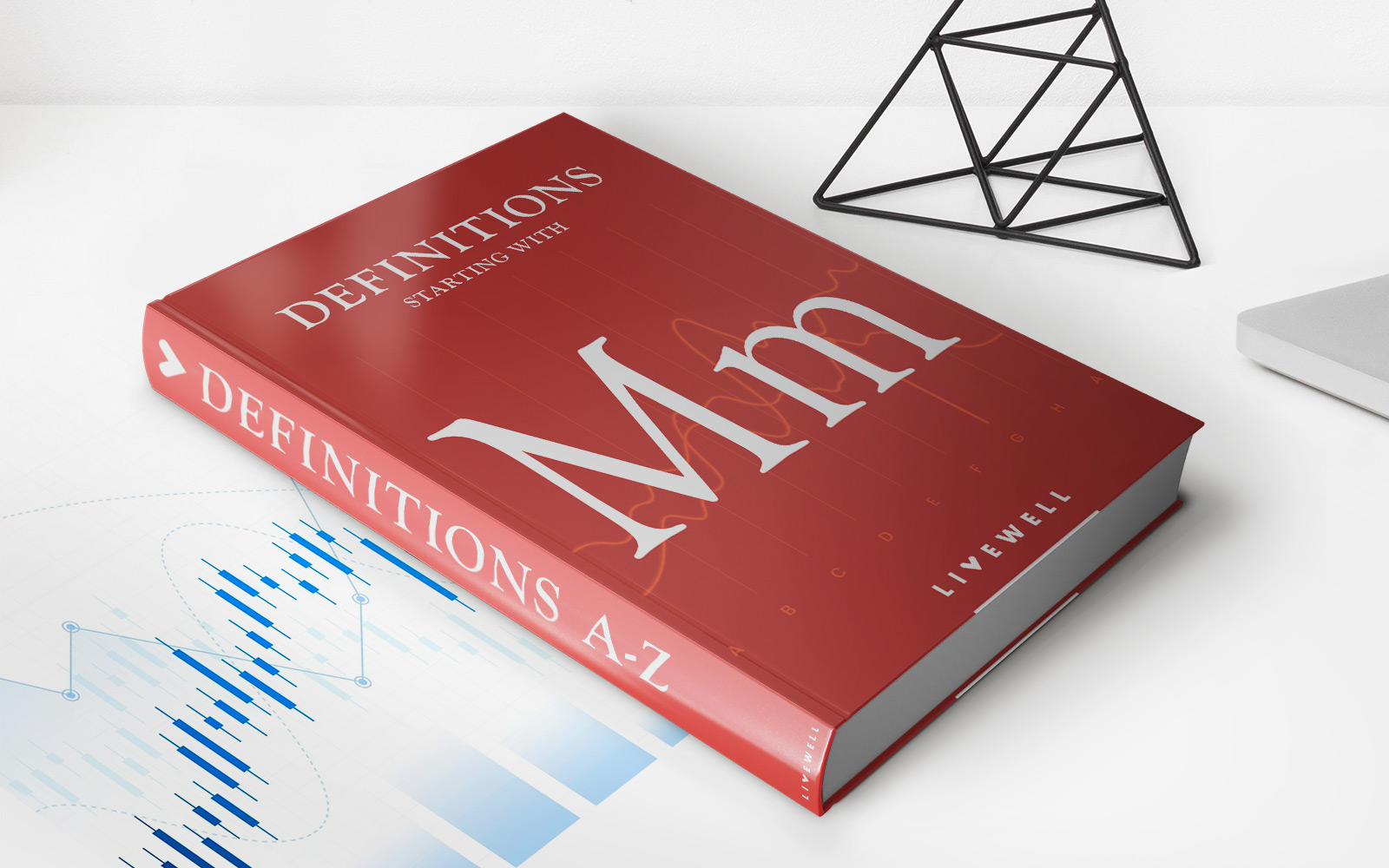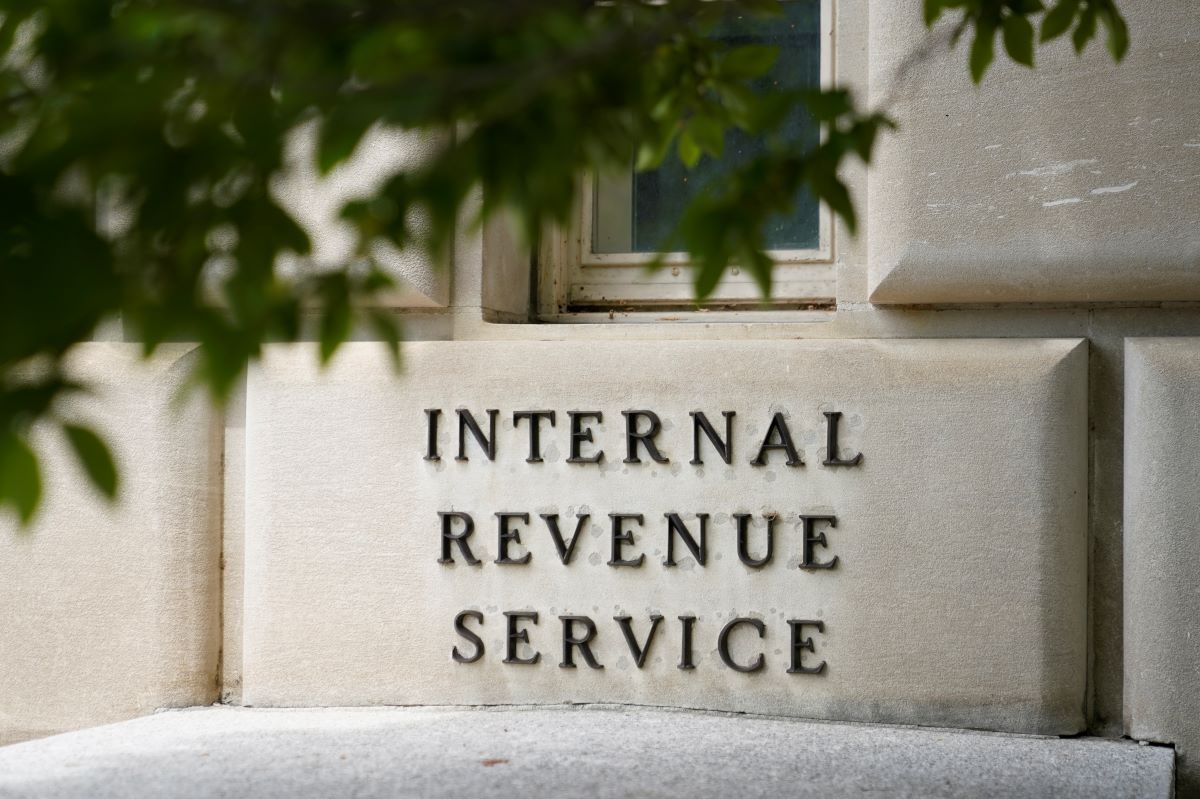Home>Finance>I Paid Off Every Balance In Full, Why Is There Still A Statement Balance


Finance
I Paid Off Every Balance In Full, Why Is There Still A Statement Balance
Modified: March 7, 2024
Learn why your statement balance may still show even after paying off all your balances in full. Get expert finance advice and solutions.
(Many of the links in this article redirect to a specific reviewed product. Your purchase of these products through affiliate links helps to generate commission for LiveWell, at no extra cost. Learn more)
Table of Contents
**
Introduction
**
Have you ever experienced the frustration of diligently paying off your credit card balances in full, only to find that a statement balance still lingers? This perplexing situation can leave even the most financially savvy individuals scratching their heads. Understanding why a statement balance persists despite your efforts to clear it can alleviate stress and prevent potential credit score impacts.
This article aims to unravel the mystery behind lingering statement balances, shedding light on the reasons they may persist despite full payments. By delving into the intricacies of credit card billing cycles, payment posting timelines, and other pertinent factors, we can demystify this common financial conundrum. Furthermore, we'll explore actionable steps to address and resolve a remaining statement balance, empowering you to navigate this issue with confidence.
Join us on this enlightening journey as we uncover the nuances of statement balances and equip you with the knowledge needed to conquer this seemingly obstinate financial obstacle. Let's embark on a quest to demystify the persistence of statement balances and reclaim financial peace of mind.
**
Understanding Statement Balances
**
Before delving into the reasons behind lingering statement balances, it’s essential to grasp the concept of a statement balance. A statement balance is the total amount you owe on your credit card at the end of a billing cycle. This balance is outlined in your monthly credit card statement, encompassing all purchases, fees, and interest accrued up to that point.
Understanding the components of a statement balance is crucial. It comprises not only the outstanding purchases made during the billing cycle but also any accrued interest, annual fees, late fees, or other charges. This comprehensive figure represents the total amount due to the credit card issuer by the statement’s closing date.
It’s important to note that the statement balance is distinct from the current balance, which reflects real-time transactions and may include pending charges that have not yet been processed. While the current balance fluctuates with new purchases and payments, the statement balance is a snapshot of your indebtedness at a specific point in the billing cycle.
Furthermore, the statement balance serves as the basis for calculating the minimum payment due. This minimum payment is the lowest amount you must pay by the due date to keep the account in good standing. Failing to meet this obligation can result in late fees, penalty interest rates, and negative impacts on your credit score.
By comprehending the nature of statement balances and their pivotal role in credit card billing cycles, you can gain clarity on why a balance may persist despite your efforts to pay it off. Armed with this foundational knowledge, we can now explore the potential reasons behind the persistence of a statement balance, paving the way for informed and effective solutions.
Reasons for a Remaining Statement Balance
Despite diligently paying off your credit card balances in full, you may encounter a lingering statement balance due to several factors. Understanding these reasons can help demystify the situation and prevent unnecessary anxiety about your financial standing. Here are some common reasons for a remaining statement balance:
- Payment Posting Timing: When making a payment close to the statement closing date, it may not reflect in the current statement balance. Credit card issuers typically outline a specific cutoff time for payments to be included in the current billing cycle. If your payment is processed after this cutoff, it may contribute to a remaining statement balance despite your intention to clear it.
- Interest Accrual: If your credit card carries a balance subject to interest charges, the accrual of interest between the statement closing date and the payment due date can lead to a remaining balance. Even if you pay off the purchases in full, any outstanding interest from the previous billing cycle will contribute to the statement balance.
- Delayed Transaction Posting: Certain transactions, particularly those made near the end of the billing cycle, may not be reflected in the current statement balance. Pending transactions or delayed posting by merchants can result in a discrepancy between your perceived balance and the actual statement balance.
- Recurring Charges: Subscriptions, automatic bill payments, or recurring fees scheduled near the statement closing date may not be captured in the current cycle’s statement. As a result, these charges can contribute to a remaining statement balance, even if you’ve diligently paid off other expenses.
- Account Fees and Penalties: Annual fees, late payment charges, or other penalties incurred after the statement closing date can contribute to a persistent statement balance. These additional fees may not be accounted for in your recent payments, leading to a remaining balance despite your efforts to clear the primary expenses.
By recognizing these potential reasons for a remaining statement balance, you can navigate this financial puzzle with clarity. Armed with this understanding, you can take proactive measures to address and resolve the lingering balance, safeguarding your financial well-being and credit standing.
Steps to Resolve a Remaining Statement Balance
Resolving a lingering statement balance necessitates a strategic approach to ensure accurate and timely resolution. By implementing the following steps, you can effectively address the remaining balance and prevent potential repercussions on your credit standing:
- Review Payment Posting Timelines: Familiarize yourself with your credit card issuer’s payment posting cutoff times. Ensure that your payments are submitted well in advance of the statement closing date to allow for timely processing and inclusion in the current billing cycle.
- Monitor Interest Charges: If your statement balance includes accrued interest, consider allocating additional funds to cover the interest portion when making payments. By addressing both the principal balance and accrued interest, you can prevent the persistence of a remaining balance due to interest accrual.
- Track Pending Transactions: Stay vigilant about pending transactions or delayed postings, particularly towards the end of the billing cycle. Keeping tabs on these transactions can help you anticipate their impact on the statement balance and take proactive measures to address any discrepancies.
- Adjust Recurring Payments: If recurring charges contribute to a remaining statement balance, consider adjusting the payment scheduling to ensure these expenses are captured in the current billing cycle. Aligning recurring payments with an earlier date in the billing cycle can help synchronize these charges with your payment efforts.
- Address Additional Fees: Be mindful of any account fees, penalties, or charges that may arise after the statement closing date. By accounting for these additional expenses and incorporating them into your subsequent payments, you can prevent the accumulation of a persistent statement balance.
Furthermore, maintaining open communication with your credit card issuer can provide valuable insights and assistance in resolving a remaining statement balance. Inquiring about specific transactions, interest calculations, or payment processing can offer clarity and expedite the resolution process.
By diligently implementing these steps and remaining proactive in managing your credit card payments, you can navigate the intricacies of statement balances with confidence. Resolving a remaining balance promptly not only safeguards your credit standing but also fosters financial discipline and awareness of your card’s billing dynamics.
Conclusion
Unraveling the enigma of a persistent statement balance empowers you to navigate credit card billing cycles with clarity and confidence. By comprehending the intricacies of statement balances and their potential causes, you can proactively address and resolve lingering balances, safeguarding your financial well-being and credit standing.
Understanding that payment posting timing, interest accrual, delayed transaction posting, recurring charges, and additional fees can contribute to a remaining statement balance provides a foundation for informed action. By recognizing these factors, you can strategically approach the resolution process, mitigating the impact of a lingering balance on your financial health.
Implementing proactive steps, such as reviewing payment posting timelines, monitoring interest charges, tracking pending transactions, adjusting recurring payments, and addressing additional fees, empowers you to take control of the situation. Furthermore, maintaining open communication with your credit card issuer fosters transparency and facilitates a swift resolution.
By embracing these insights and proactive measures, you can conquer the challenge of a remaining statement balance, ensuring that your diligent efforts to manage your credit card expenses are accurately reflected. Resolving a lingering balance not only preserves your credit standing but also cultivates financial discipline and awareness, enhancing your overall financial acumen.
Armed with this knowledge, you are well-equipped to navigate the complexities of statement balances and assertively address any persisting discrepancies. By taking charge of your credit card management and remaining vigilant about potential factors contributing to a remaining balance, you can uphold financial stability and confidently embrace the intricacies of credit card billing cycles.
Embark on this journey with a newfound understanding, poised to conquer the persistence of statement balances and reclaim financial peace of mind. By leveraging these insights, you are empowered to navigate the realm of credit card finances with clarity, resilience, and proactive resolve.














